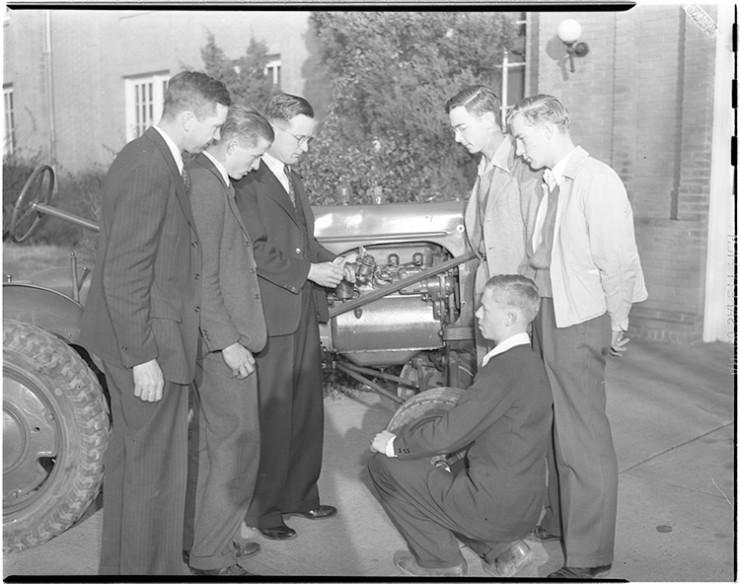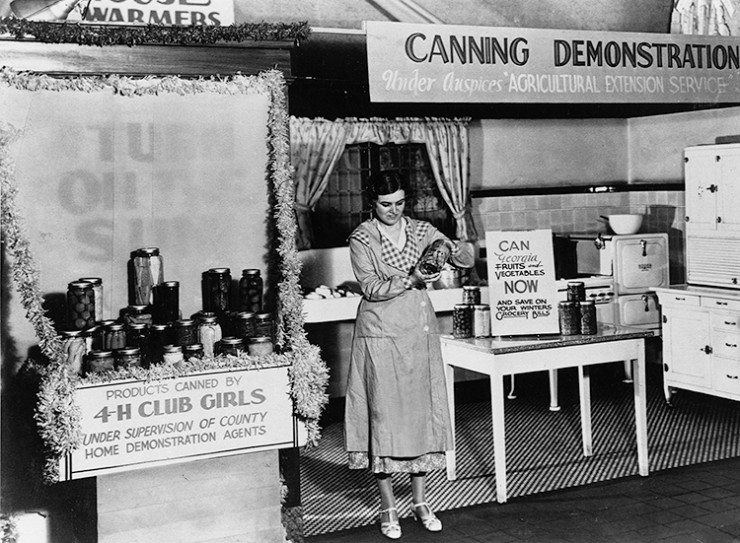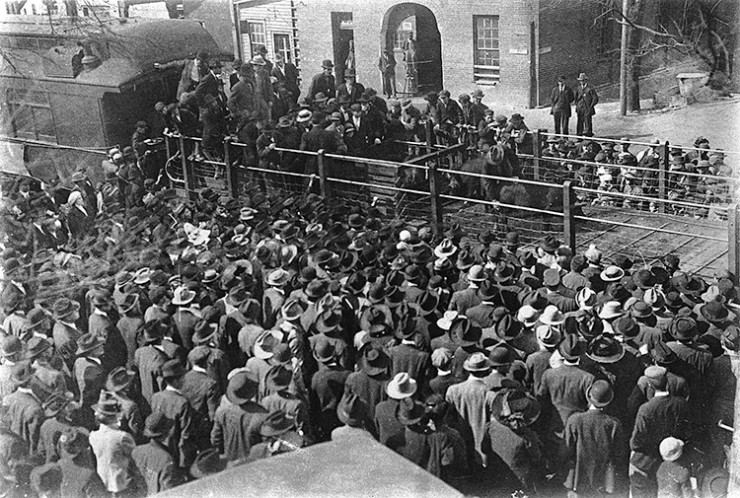Home > Georgia > Georgia Crops & Livestock > Centennial Celebration for UGA Cooperative Extension
Centennial Celebration for UGA Cooperative Extension

The 109 land-grant universities across the country are celebrating a milestone this year, as the passing of the Smith-Lever Act – the federal law that established the Cooperative Extension System – turns 100.
University of Georgia Extension, known as one of the leaders of public service in the country, is no exception. The state even has a special connection to the original legislation, as Sen. Hoke Smith, co-author of the Smith-Lever Act, was from Georgia.
“Extension was created out of a need that existed 100 years ago,” says Dr. Scott Angle, dean and director of the UGA College of Agricultural and Environmental Sciences. “There was a realization that something was missing in terms of getting information out of the university to the people in the community who needed it. That was really the genesis for the service.”

And that need is still very relevant today. The delivery mechanisms may have changed and evolved, but the core mission has not, Angle says.
“It’s equally important today for people working in Extension to get out and talk to farmers, and for the community to share what types of problems they’re having and to send those concerns back with agents to the university for research. It comes full circle,” he says.
Adapting to the Times
The organization began with a focus on farming – it was originally called the Agricultural Extension Service – but grew to encompass service areas beyond agriculture. Corn clubs for boys and canning clubs for girls evolved into the 4-H Youth Development program, while the home economics division – now family and consumer sciences – deals with topics including nutrition, food safety and financial education.
“4-H is one of our greatest accomplishments,” Angle says. “Looking at the past, present and future leaders of Georgia, many of them have been in 4-H.”
The program is delivered to large numbers of urban, suburban, and students. 4-H maintains a presence in every Georgia county and in many public schools in the state, and is growing its participation in homeschool programs.

Brian Tankersley, Tift County Extension coordinator, agrees that 4-H is a big part of Extension. “I’ve worked with 4-H judging contests and have coached six teams that won national titles,” he says. “I’m grateful those kids have gotten the opportunity to be national winners.”
Both Tankersley and Angle believe that the future of UGA Extension lies in staying ahead of the game in technology and research. According to Angle, Georgia already is one of the top agricultural states in the Southeast, thanks to research. For example, UGA Extension was one of the first to promote irrigation programs – this gave the state a 20- to 30-year head start over neighboring states in this agricultural technology.
“The Southeast is becoming the main agriculture hub of the country,” Angle says. “The college will continue to research and Extension will continue to deliver information to people who need it in order to increase food yield. Movement of information and good communication will be critical.”

Angle adds that the goal of the college, with the help of UGA Extension, is to become the Silicon Valley of high-tech agriculture.
UGA Extension will continue to be strong, given the great support from government and university leaders, according to Tankersley, “It will continue to change and adapt with new technology and research. The audience will grow as well,” he says.
To celebrate the milestone anniversary, the university, college and Extension program have held events throughout the year. One of the highlights of the commemorative festivities involved video interviews of state residents influenced by Extension that will go into a digital archive.
Take a look at the celebration video and find more information at 100years.extension.uga.edu.



